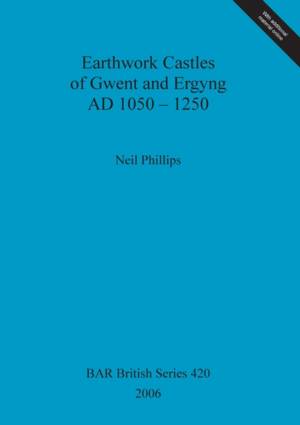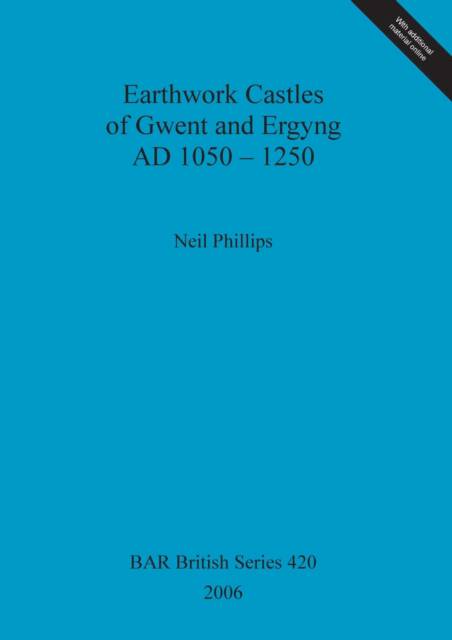
- Retrait gratuit dans votre magasin Club
- 7.000.000 titres dans notre catalogue
- Payer en toute sécurité
- Toujours un magasin près de chez vous
- Retrait gratuit dans votre magasin Club
- 7.000.0000 titres dans notre catalogue
- Payer en toute sécurité
- Toujours un magasin près de chez vous
Description
The aims of this work are to provide as complete a list as possible of all the timber, motte and bailey castles, built in the counties of Gwent and Ergyng, Wales, between AD 1050 and 1250. The list not only records number and place, but also size, shape, type, date of construction and date of disuse. It is also intended, where possible, to assign building and subsequent ownership, to as many of the castles as possible. Using the ensuing combined database, it becomes possible to plot construction development of the timber and earthwork castle across the chosen area. The principal objectives are: To build as complete a database as possible, of the motte and bailey, timber castles of the chosen areas of the Welsh March that can be assigned to the period of 1050-1250. To survey the castles and try to provide a classification system based on size, and shape, using medieval standard measurement. To identify where possible owners or builders of each castle. To recognise any patterns that may be identified i.e. did certain lords, build or favour specific castle types? If so, can a lord's progress be charted through castle type spread, or alternatively, can castle chronology be dated by historical records. To examine the concept of a rolling frontier as the motivation behind motte and bailey, timber castles. Research the spacing of sites in relation to earlier land use, topography or resources, by study of records, fieldwork and aerial photographs. To examine the instances of multiple castle construction within close proximity. Due to the quantity of material that the research generated it was decided to include a separate data DVD. The volume contains the introduction to the study, followed by a social and historical background to the area and period. Chapter 3 follows with a discussion of castle definitions and introduction to the various types of earthwork and timber castles that can be found. The chapter also discusses the idea of pre-conquest castle in Britain and Normandy. In chapter 4, an assessment is made of present classification systems used to record castles and introduces an alternative method as employed by this study. Chapter 5 introduces the methodology and research strategies employed in this study. Chapter 6 contains the results of the statistical work undertaken on the findings of the study and chapter 7 presents distribution maps of the sites researched. Chapter 8 discusses the study in relation to the original aims and objectives and the results of the statistical analysis and distribution maps. The study is the concluded in chapter 9. A gazetteer is included containing an in-depth coverage of all the castles included in the study. The CD contains, plates, topographical surveys, resistivity surveys, excavation reports, and the spreadsheets
Spécifications
Parties prenantes
- Auteur(s) :
- Editeur:
Contenu
- Nombre de pages :
- 272
- Langue:
- Anglais
- Collection :
- Tome:
- n° 420
Caractéristiques
- EAN:
- 9781841719771
- Date de parution :
- 01-12-06
- Format:
- Livre broché
- Format numérique:
- Trade paperback (VS)
- Dimensions :
- 210 mm x 297 mm
- Poids :
- 884 g

Les avis
Nous publions uniquement les avis qui respectent les conditions requises. Consultez nos conditions pour les avis.






